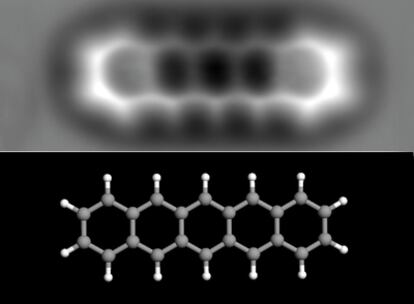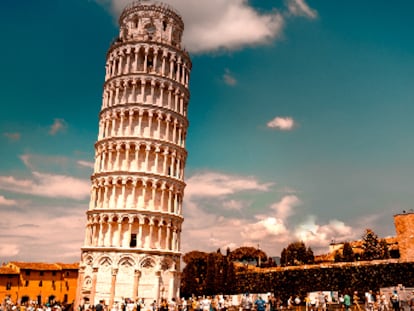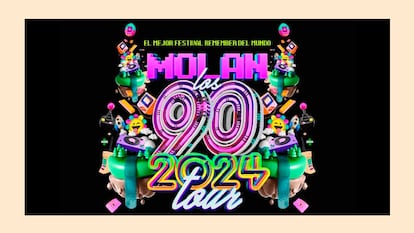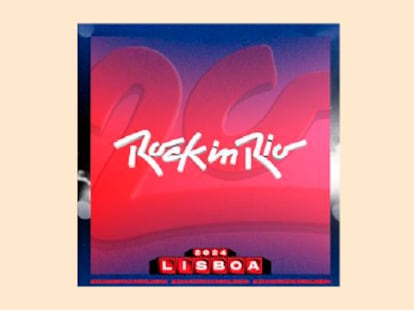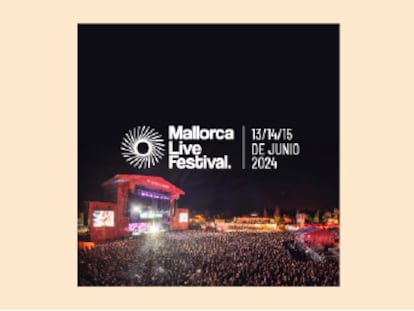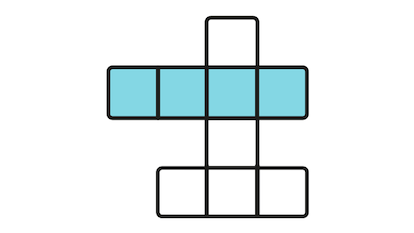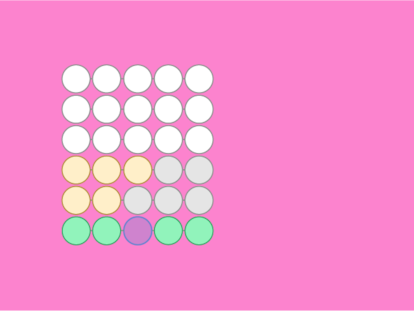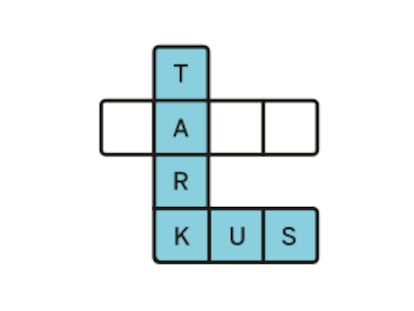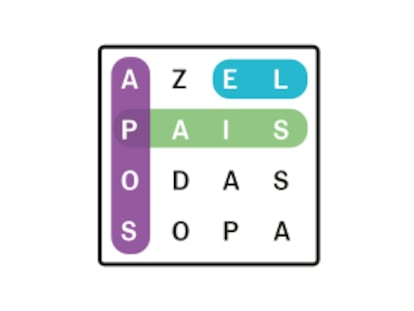Small is Good: Dressing at the Nanoscale
My task as a researcher is to create molecules and to study their properties. This is a valid definition although it is oversimplified and the reader needs further explanation to understand what type of molecules and attributes I seek.
I work with molecules called 'metal complexes or coordination compounds'. Each of these contains at least one metal atom surrounded by or 'coordinated' with other molecules, called 'ligands' (an atom or groups of atoms with its/their own identity). To make things easier, one could consider the metals as the 'top models' of the periodic table and the ligands as the 'clothes and accessories' they wear. Each model wears a dress for a special reason (summer and winter fashions vary, for example) and the beauty of the final collection is the appealing property that we study.
The researcher is like the fashion designer who carefully plans a collection for the season (we could compare Chanel or Prada with Jean Marie Lehn or Osamu Shimomura, Nobel Laureates in Chemistry in 1987 and 2008, respectively) and our catwalks are the journals in which the final compounds are published. The demand for fashion is related to technological necessities (improved communication systems, better conductors, green fuels, small and efficient computers - the challenges are almost endless and the general trend is to search for smaller systems with improved properties). Keep in mind that molecules are tiny and are capable of exhibiting interesting behaviour individually.
The methods for characterizing metal complexes operate at nanoscale level and the discipline related to the study of their properties is called nanochemistry (the M size of these compounds is around 10-9 meters - generally these top models are pretty skinny).
Things get a bit more complicated when we want to form a final structure. Rules guide coordination (as in fashion, for example, wool jackets are not recommended for summer wear). In addition, each compound could have more than one metal (not necessarily the same one) and ligands (like wearing a dress or a three-piece suit). As in real life, in which famous models have their own character, metals have specific properties (colour, oxidation states, toxicity, etc.) and, similarly, ligands can enhance or incorporate additional features into the final complex (thus improving the beauty). As a result, the possible combinations and systems are almost countless. Therefore, to focus on a particular system, we should first have a clear idea of our goals. Even when they have the same aim, researchers may adopt different approaches (just as there is more than one collection in a season).
In the picture above (a) shows our active model, (b) represents the drug cisplatin and (c) represents carboplatin. These molecules are used nowadays as anticancer drugs in hospitals. The different triangles symbolise the different ligands that are coordinated to platinum (the maroon sphere).
At present, one of the main aims of nanochemistry is to create metal aggregates that have functions based on their magnetic, biomedical or catalytic activities, among others. These properties may lead to the application of these systems in sensors, devices for next-generation computers, industrial processes and medical applications (such as implants, contrast agents for scans, etc.). In summary, the goal is to create microscopic complexes with properties that can subsequently be analysed and applied at the macroscopic level.
My objective is the rational design and study of coordination compounds, with a focus on their fluorescence/luminescence and magnetic behaviour. Common devices, such as magnetic recording media (cassettes and hard disks), televisions, credit cards, fluorescent lamps and even biomedical analyses are linked to at least one of these properties. The molecular entities I work with contain transition metals and/or lanthanides (top models) coordinated to specific ligands, which are also synthesised in my group (further details at the catwalks). The study of such compounds involves the development of novel and well-planned molecules that could act as updated versions of present systems by creating more efficient storage devices and/or biomedical agents. So, what do I do? I tailor metal molecules.
Nuria Aliaga-Alcalde. University of Barcelona-ICREA. www.atomiumculture.eu
